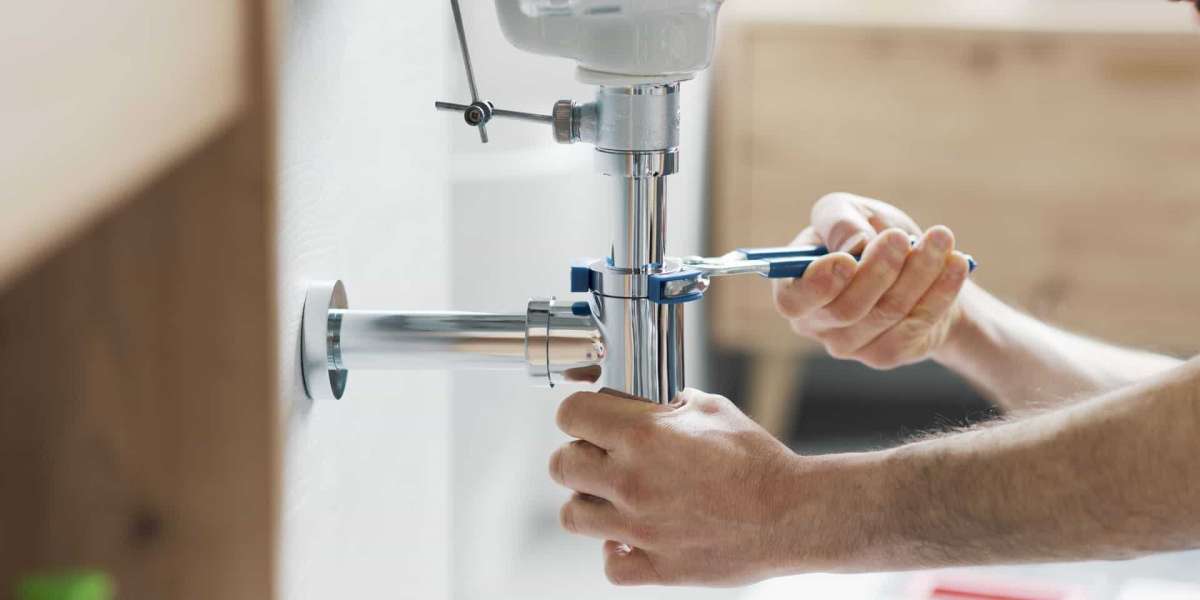In the fast-evolving world of modern manufacturing, precision and efficiency are two of the most critical factors that determine success. Industries such as aerospace, automotive, medical, and defense constantly demand intricate components that cannot be produced with traditional machining methods. This is where 5 axis machining comes into play. Unlike conventional three-axis milling, 5 axis machining enables simultaneous movement of the cutting tool along five different axes, delivering unmatched accuracy, speed, and flexibility.
For companies striving to stay competitive in global markets, adopting advanced technologies like 5 axis machining is no longer a luxury but a necessity. This innovative approach to manufacturing not only reduces production time but also enhances design capabilities, enabling manufacturers to create highly complex parts that meet strict tolerance requirements. The result is a more efficient workflow, reduced waste, and superior product quality.
The Fundamentals of 5 Axis Machining
5 axis machining refers to the process where a CNC (Computer Numerical Control) machine moves a cutting tool or a part simultaneously along five axes—X, Y, Z, and two additional rotational axes (A and B). Unlike conventional 3 axis machines that can only move up, down, left, right, forward, and backward, 5 axis machines allow the tool to approach the workpiece from virtually any direction. This capability enables the production of intricate geometries with fewer setups and increased precision.
The technology behind 5 axis machining has significantly evolved over the years, making it more accessible to manufacturers across industries. While earlier machines were limited in flexibility and cost-prohibitive, today’s advanced systems are designed with greater efficiency, intuitive programming software, and adaptive features. These improvements have revolutionized how manufacturers approach product design, prototyping, and full-scale production, making 5 axis machining the gold standard for producing complex parts.
Advantages of 5 Axis Machining for Complex Parts
One of the primary advantages of 5 axis machining is its ability to reduce the number of setups required to manufacture a part. In traditional machining, creating complex geometries often means repositioning the workpiece multiple times, increasing the risk of errors and misalignments. With 5 axis machining, a single setup can achieve multiple operations, ensuring precision and consistency while significantly reducing production time.
Another key benefit is the ability to machine intricate shapes and undercuts that would be impossible or highly impractical with standard methods. Industries like aerospace and medical manufacturing rely on components with complex curves, deep cavities, and non-standard angles. 5 axis machining not only makes these designs feasible but also ensures that they meet strict tolerance requirements. This level of precision translates into safer, more reliable products in industries where failure is not an option.
Applications Across Industries
The versatility of 5 axis machining makes it indispensable across a wide range of industries. In aerospace, for example, manufacturers use this technology to create turbine blades, structural components, and engine parts that demand exact specifications to withstand extreme conditions. Similarly, in the automotive industry, 5 axis machining enables the production of lightweight, high-performance components that improve fuel efficiency and vehicle safety.
In the medical field, the technology is used to create implants, surgical instruments, and prosthetics that must conform to patient-specific anatomy. The ability to produce these intricate designs with high precision has revolutionized personalized healthcare. Beyond these sectors, industries such as defense, energy, and even consumer electronics benefit from the advanced capabilities of 5 axis machining, making it a cornerstone of modern manufacturing.
Cost and Efficiency Considerations
While the initial investment in 5 axis machining technology may seem substantial, the long-term cost savings are undeniable. By reducing the number of setups, minimizing human error, and increasing material utilization, manufacturers can achieve higher productivity and lower per-unit costs. Additionally, the ability to produce parts faster and more accurately reduces the need for secondary operations, further improving efficiency.
From an operational perspective, 5 axis machining also reduces lead times and accelerates time-to-market. In industries where competition is fierce and innovation cycles are short, the ability to bring a product from design to production quickly can provide a significant competitive edge. Companies that invest in 5 axis machining position themselves for long-term success by balancing upfront costs with the benefits of efficiency, quality, and scalability.
The Future of 5 Axis Machining in Complex Manufacturing
As technology continues to evolve, 5 axis machining is expected to become even more integral to complex parts manufacturing. Innovations in automation, artificial intelligence, and digital twin technology are poised to enhance machining accuracy, reduce downtime, and enable predictive maintenance. These advancements will further streamline operations and unlock new possibilities for design and production.
Moreover, as industries demand increasingly lightweight, durable, and intricate components, the reliance on 5 axis machining will only grow. From next-generation aerospace systems to advanced medical devices, the future of manufacturing will be shaped by the precision and versatility that this technology provides. For businesses aiming to stay competitive in an increasingly complex landscape, adopting 5 axis machining is not just a smart choice—it is essential for growth and innovation.
Conclusion
5 axis machining represents a pivotal shift in the manufacturing landscape. Its ability to handle complex geometries, reduce production steps, and deliver high-quality parts with exceptional accuracy makes it indispensable for modern industries. From aerospace to healthcare, the benefits of this technology extend across sectors, driving innovation and efficiency.
By understanding its fundamentals, advantages, applications, and cost considerations, manufacturers can make informed decisions about integrating 5 axis machining into their operations. As industries continue to evolve, those who embrace this advanced manufacturing technology will be better positioned to meet future challenges and unlock new opportunities.


